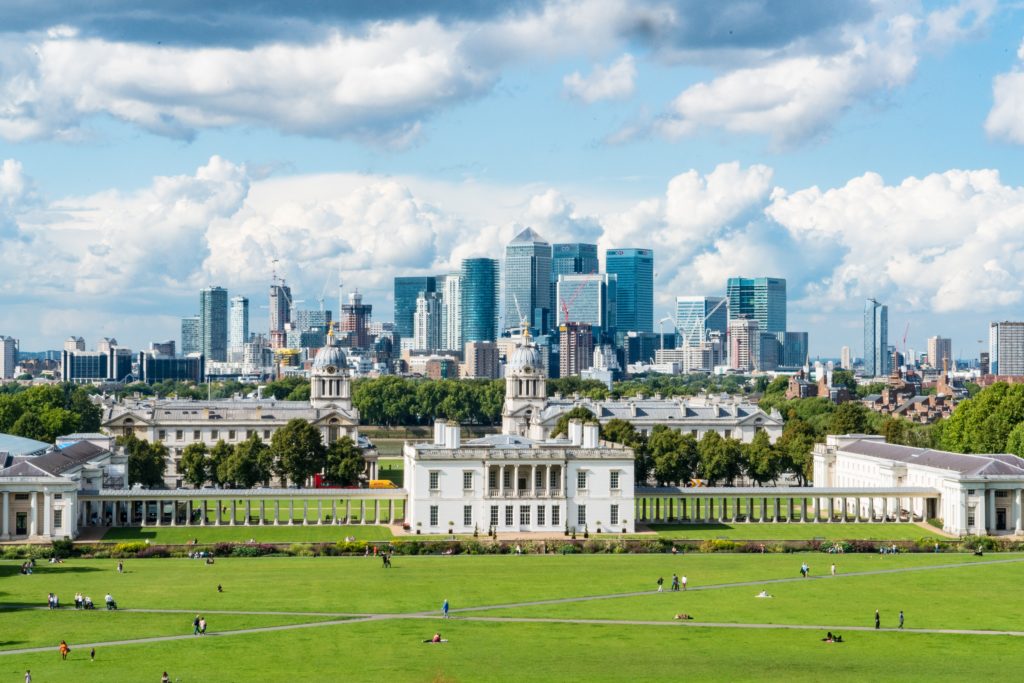From day one we supported the idea that London with its fabulous network of green spaces could be a National Park. Now it is.

I have been following and become increasingly intrigued about the campaign for London to become a National Park.
Uniquely combining a biodiverse landscape with nature reserves, parks and gardens, the Greater London National Park* covers an area of over 1,500 km2 and is home to more than 8 million people.
Recognised as one of the world’s most important urban habitats, green, blue and open spaces occupy over 60% of London. Over 1,300 Sites of Importance for Nature Conservation cover 19% of the National Park*.
“Londonwide the capital is home to more than 1,500 species of flowering plants and 300 species of bird. With over 300 languages spoken, 170 museums, four UNESCO World Heritage Sites and one of Britain’s National Trails the Greater London National Park* is open for you to explore.”
*The Greater London National Park* is officially a National Park.
It is easy to forget when we are in our offices and homes how wonderful and valuable London’s (and for that matter most towns’ and cities’) non-built environment is.
Being a runner, a cyclist and owning an exercise loving dog I have become intimate with many of London’s green spaces and wonderful canal towpaths. From my office the dog can be swimming in the almost always deserted Welsh Harp before we run across the relatively unknown Fryent Country Park, across Barn Hill Open Space where it feels like you are in the middle of a wooded wilderness until you emerge out and the giant Wembley Stadium smacks you in the face.
Many Londoners will know how easy it is to get a little disorientated on Hampstead Heath and many of us have run within meters of a deer in Golders Hill Park or Richmond Park. I remember once during marathon training, running from central London along the Grand Union canal and meeting Mrs H a couple of hours later close to Heathrow to get changed in the car before checking in for a flight.
There are a number of reasons why a Greater London National Park would be of great benefit.
1. Increasingly humans choose to live in towns and cities. In the UK 80% of the population live on 7% of the land. Living densely like this protects the rural and farm land. To give London “National Park” status would help to spread the word about the city’s sustainable green spaces and help take the pressure off rural and farm land.
2. It would be another marketing tool to keep London high in hierarchy of great world cities and would reinforce London’s reputation for creatively thinking differently.
3. It can help investment in the green spaces and this contribute to reducing pollution, reduce flood issues, promote wildlife and thus impact positively on happiness, health, personal and social well being.
4. It could also help to take the pressure off some of the areas of the city that are under pressure. There are too many voices incorrectly saying that London is “full” when there are underperforming suburbs like Harrow, Sudbury Town, Wembley, and parts of Acton all with access to green space that could help to make them every bit as live-able as the now “overheating” East London growth areas.
Read more about what I said here.
It seems to be one of those ideas that at first raises eyebrows but when you think deeply, does makes sense.